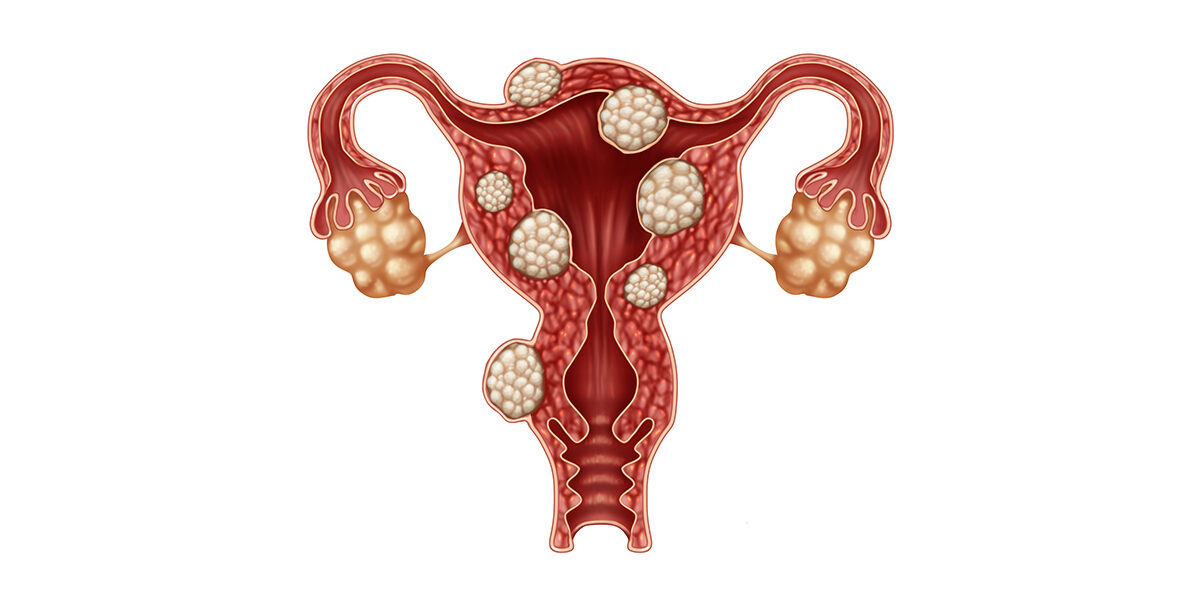Is Surgery the Only Treatment for Uterine Fibroids?
Uterine fibroids are non-cancerous growths that develop in or around the womb, affecting many women during their reproductive years. While some women experience no symptoms, others may suffer from heavy periods, pelvic discomfort, and complications with fertility. A common concern among patients is whether surgery is the only solution for managing uterine fibroids.
The answer is no—surgery is just one of several treatment options available. Depending on the size, location, and severity of symptoms, many women can effectively manage fibroids without undergoing an operation. The National Health Service (NHS) and other leading UK medical institutions provide evidence-based alternatives that may be suitable for those seeking non-surgical approaches.
Non-Surgical Alternatives for Uterine Fibroids
For women who wish to avoid surgery, several treatments can help alleviate symptoms. One such option is uterine artery embolisation (UAE), a minimally invasive procedure performed by radiologists. During UAE, tiny particles are injected into the blood vessels supplying the fibroids, blocking their blood flow and causing them to shrink over time. The Royal College of Obstetricians and Gynaecologists (RCOG) supports this treatment as an effective alternative to surgery for many patients.
Another innovative approach is MRI-guided focused ultrasound surgery (MRgFUS), which uses high-intensity ultrasound waves to target and destroy fibroid tissue without making any incisions. This treatment is particularly suitable for women who want to preserve their fertility and avoid invasive procedures. The NHS recognises MRgFUS as a viable option for eligible patients, though availability may vary depending on local healthcare providers.
Endometrial ablation is another non-surgical method, primarily recommended for women with smaller fibroids that cause heavy menstrual bleeding. This procedure involves removing or destroying the lining of the womb, which can significantly reduce bleeding. However, it is not suitable for those who wish to conceive in the future. The National Institute for Health and Care Excellence (NICE) provides guidelines on when this treatment may be appropriate.
When Might Surgery Be Necessary?
While non-surgical treatments are effective for many women, surgery may still be the best course of action in certain cases. For instance, if fibroids are particularly large, cause severe pain, or lead to complications such as pressure on surrounding organs, a myomectomy (removal of fibroids while preserving the womb) may be recommended. This is often the preferred choice for women who wish to retain their fertility.
In more extreme cases, particularly for women who have completed their family or suffer from debilitating symptoms, a hysterectomy (removal of the womb) may be considered. This is generally viewed as a last resort when other treatments have failed or are unsuitable. The NHS provides detailed information about when this procedure might be recommended.
Making an Informed Decision
The best treatment for uterine fibroids depends on individual circumstances, including symptom severity, future pregnancy plans, and overall health. A thorough consultation with a specialist, such as a gynaecologist, is essential to explore all available options.
For those seeking expert advice, Mr. Amer Raza can provide personalised recommendations based on the latest clinical guidelines and patient-centred care.
